Jujube cultivation techniques Climatic conditions for jujube planting
Jujube trees have strong adaptability to climate and soil, such as minimum temperature not lower than-31 ℃ in winter, daily average temperature above 22-24 ℃ in flowering period, daily average temperature after flowering to 16 ℃, growth period of fruit trees more than 100-120 days before 16 ℃, soil thickness above 30-60cm, good drainage and single salt in 5-40cm soil layer below soil surface.
However, different climatic conditions have effects on the growth and fruit of jujube, especially temperature, humidity, light and wind have a great impact on the growth and fruit of jujube.

I. temperature
Jujube is a temperature-loving tree species, such as jujube sprouting, spreading leaves and blooming in northern China than in late spring or early summer, and it is the late life cycle of deciduous fruit trees. This shows that jujube trees require higher temperature conditions. When the air temperature rose to 13-15 ℃, the buds began to sprout, the daily average temperature entered the initial flowering stage at about 20 ℃, and reached the flowering stage at 22-25 ℃. The jujube tree can grow normally when the daily average temperature from anthesis to autumn drops to the area where the fruit growth and development period is more than 100 ℃ and 120 days before 16 min.
The jujube tree has a strong tolerance to low temperature and high temperature. It can survive the winter safely at-30 ℃ and blossom and bear fruit at the absolute maximum temperature of 45 ℃.
The root activity of jujube was earlier than that of aboveground, and the growth period was longer. The soil temperature began to move at 7.2 ℃, grew slowly at 10: 20 ℃, entered a prosperous period at 22: 25 ℃, and grew slowly until the soil temperature dropped below 21 ℃.
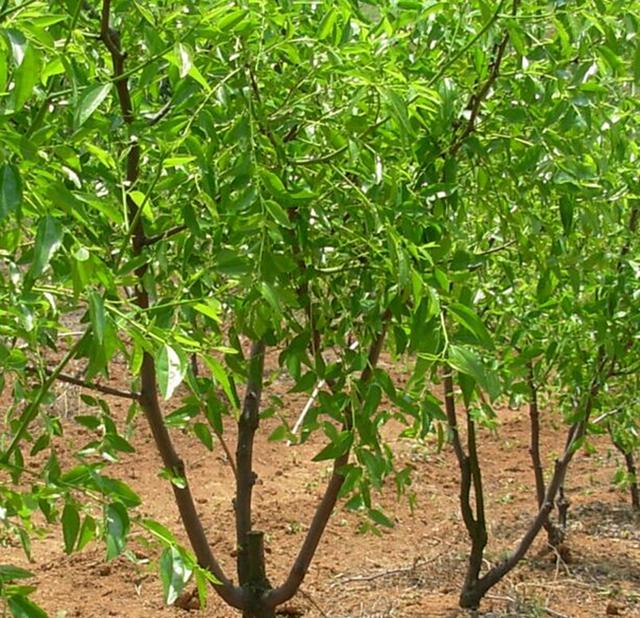
Second, humidity
Jujube tree has a wide range of adaptation to humidity, and it is distributed in the area with annual precipitation of 100 mm to 1200 mm, and the precipitation of 400 mm to 700 mm is more suitable. Jujube trees are resistant to drought and waterlogging, and they can bear normal results in years with annual precipitation of more than 100 mm in Cangzhou, and jujube orchards have not died of waterlogging for more than a month.
Different phenological periods of jujube trees have different requirements for humidity. The florescence requires higher humidity, and the suitable humidity for pollination and fertilization is 70%-85%. If this period is too dry, it will affect pollen germination and pollen tube elongation, resulting in poor pollination and fertilization, serious flower and fruit drop, and reduced yield. On the contrary, too much rainfall, especially the continuous overcast and rain during flowering, the temperature decreases, the pollen can not germinate normally, and the fruit setting rate will also be reduced.

The later stage of fruit growth requires less rain and more sunny days, which is conducive to sugar accumulation and coloring. Excessive rainfall and excessive frequency will affect the normal development of fruit and aggravate fruit diseases such as fruit cracking and pulp rot. "dry jujube and waterlogged pear" means that it is easy to get high yield with less rain in the later period of fruit growth.
Soil moisture can directly affect the water balance in the tree and the growth and development of organs. When the water content of the 30 cm soil layer is 5%, the jujube seedlings wilt temporarily and 3% permanently; too much water and poor soil permeability can cause rotting roots and even death.
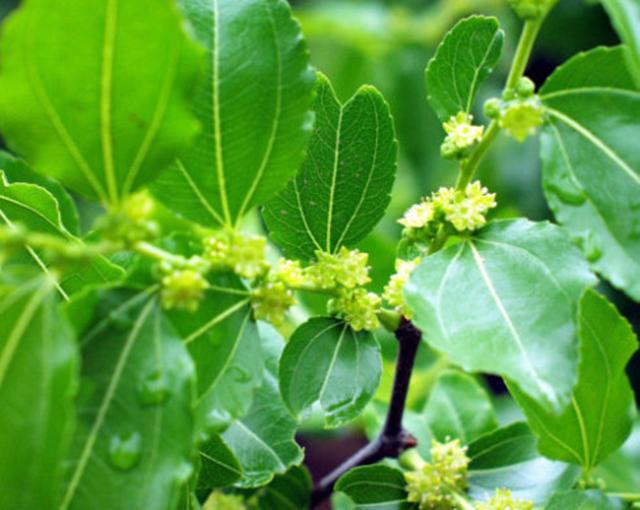
Third, lighting
The small leaves of jujube are light-loving characteristics. The intensity and length of sunshine directly affect photosynthesis, thus affecting the growth and fruit of jujube trees. If the planting is too dense or the crown is closed, it will affect the branches, especially the leaves inside the crown are small and thin, light in color, flowers but not solid, or even no flowers, become ineffective leaves to consume leaves, long-term branches and leaves die, resulting in bald inside, surface fruit, affecting the yield and quality of jujube fruit. Therefore, attention should be paid to reasonable close planting and tree structure in production.
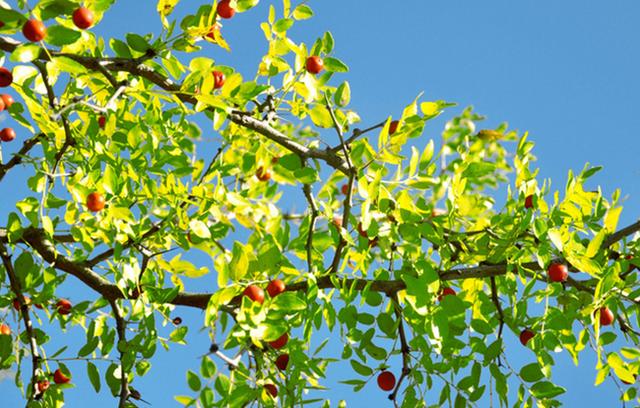
IV. Soil
Soil is the supply of water and mineral elements for the growth and development of jujube. Soil texture, soil thickness, air permeability, pH value, water and organic matter have a direct impact on the growth and development of jujube.
Jujube trees are not strict with the soil, resistant to salinity and alkali, and resistant to barren. It can grow normally in the range of soil pH 5.5 to 8.2, and can be tolerated when the soil salt content is 0.4%, but especially the jujube tree growing in the deep sandy loam has tall crown, deep root system, strong growth, strong yield and high and stable yield. growing in low fertility sandy soil or gravelly soil, the water and fertilizer conservation is poor, the tree potential is weak, and the yield is low. Jujube trees growing in clayey soil have poor yield due to poor soil ventilation, small root width and crown width.
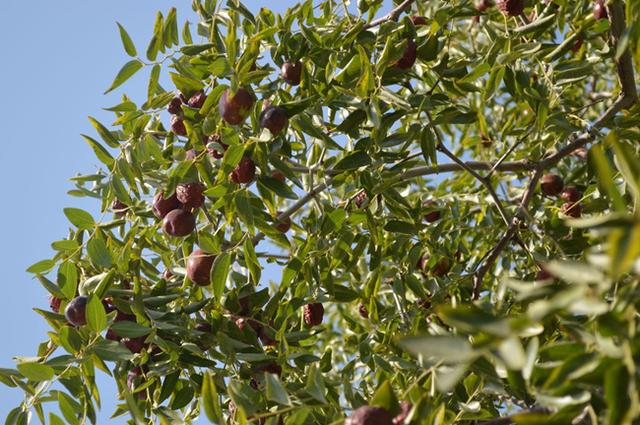
This is mainly due to the different nutrients and growing environment provided by the soil to jujube trees. Therefore, the garden should be built on deep loam as far as possible. for jujube trees growing under poor soil conditions, it is necessary to strengthen management, improve soil fertilizer supply, water supply capacity and air permeability, so as to meet the demand for fertilizer and water of jujube trees. to achieve the goal of high quality and stable yield.
5. Wind
Jujube trees are generally resistant to wind, but avoid windy sand at flowering stage. Because of the large wind and sand, it not only affects the humidity of jujube orchard, but also affects the activities of pollination insects, resulting in poor pollination and fertilization, resulting in flower and fruit drop, and strong wind before fruit ripening, which often leads to fruit drop before ripening and reduced yield.
Jujube trees have strong resistance to wind during the dormant period, but in windy areas in midsummer, jujube trees should be established in shelter from the wind or build a protective forest network to improve the fruit setting rate of jujube trees in order to ensure high yield and harvest.
Relationship between growth, fruit and branches of basic knowledge of fruit tree shaping and pruning
Basic knowledge of fruit tree shaping and pruning canal theory
Basic knowledge of fruit tree shaping and pruning happy shape
Fruit tree shaping and pruning basic knowledge evacuation hierarchical shape fruiting period pruning
Basic knowledge of fruit tree shaping and pruning
Basic knowledge of fruit tree shaping and pruning during growing period (part I)
Construction and Model of Ecological Orchard for Fruit trees
Preliminary planning of fruit head orchard
- Prev
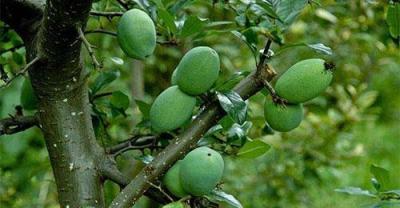
Why cacti are not widely planted in the desert?
The purpose of greening is not to look green, but to solidify soil and water, cactus can not achieve the role of solidifying soil and water. Cactus plants are native to tropical North and South America.
- Next
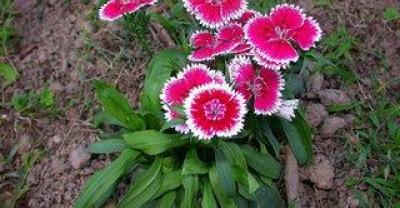
How to plant castor? High-yield and High-efficiency cultivation techniques of Castor
Castor is an annual or perennial herb of the genus Euphorbiaceae, and it is an important oil plant in China. At the same time, castor also has certain medicinal value, leaf root.
Related
- Fuxing push coffee new agricultural production and marketing class: lack of small-scale processing plants
- Jujube rice field leisure farm deep ploughing Yilan for five years to create a space for organic food and play
- Nongyu Farm-A trial of organic papaya for brave women with advanced technology
- Four points for attention in the prevention and control of diseases and insect pests of edible fungi
- How to add nutrient solution to Edible Fungi
- Is there any good way to control edible fungus mites?
- Open Inoculation Technology of Edible Fungi
- Is there any clever way to use fertilizer for edible fungus in winter?
- What agents are used to kill the pathogens of edible fungi in the mushroom shed?
- Rapid drying of Edible Fungi

